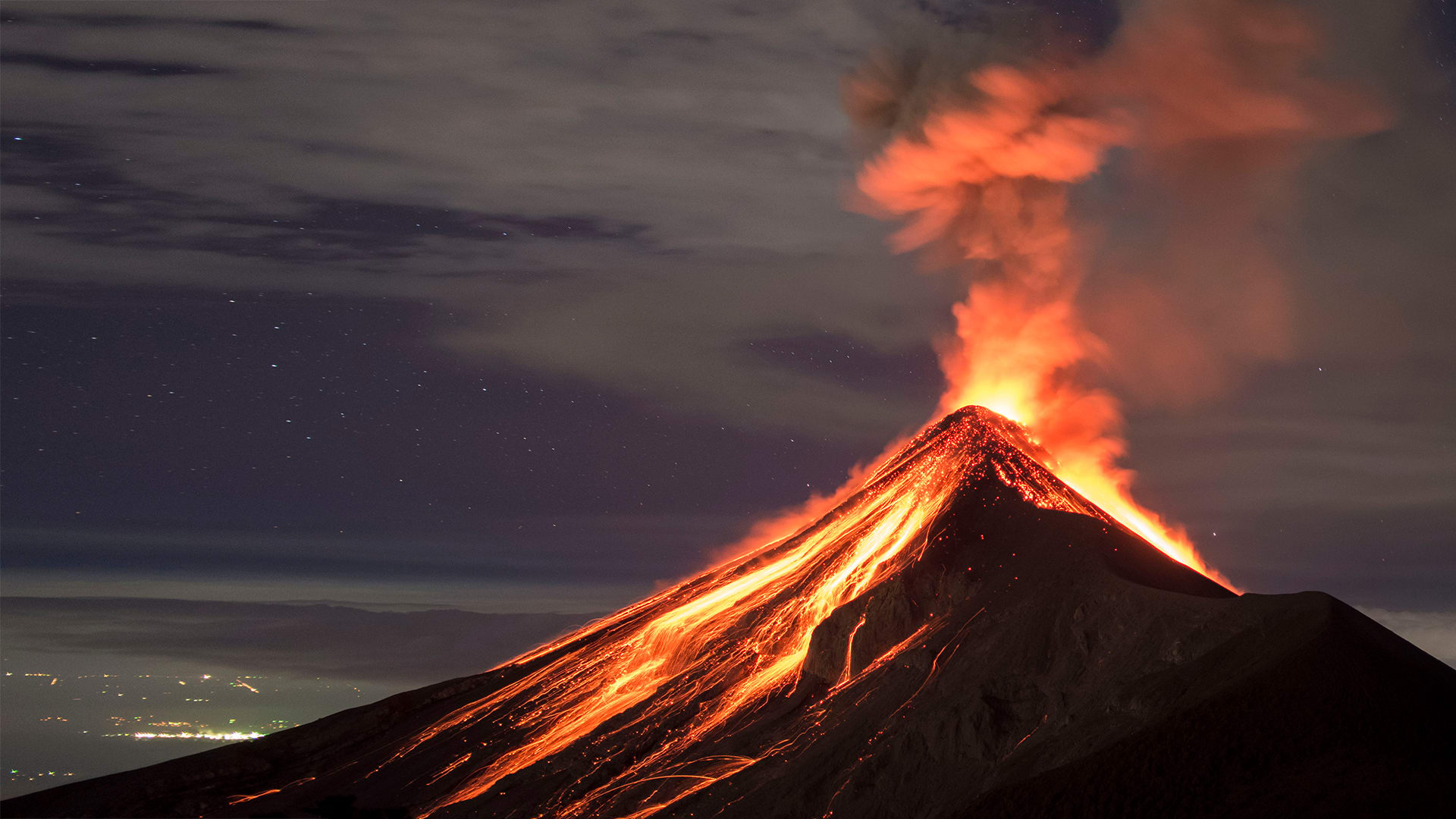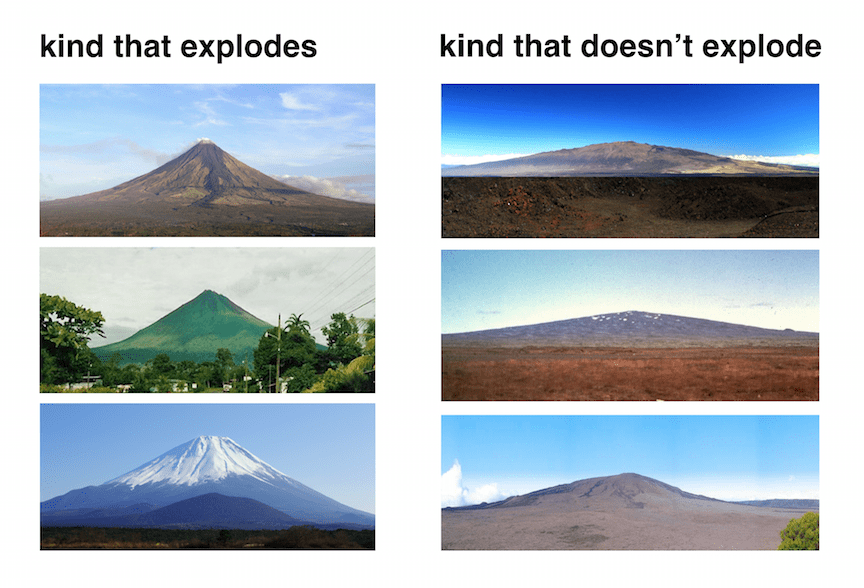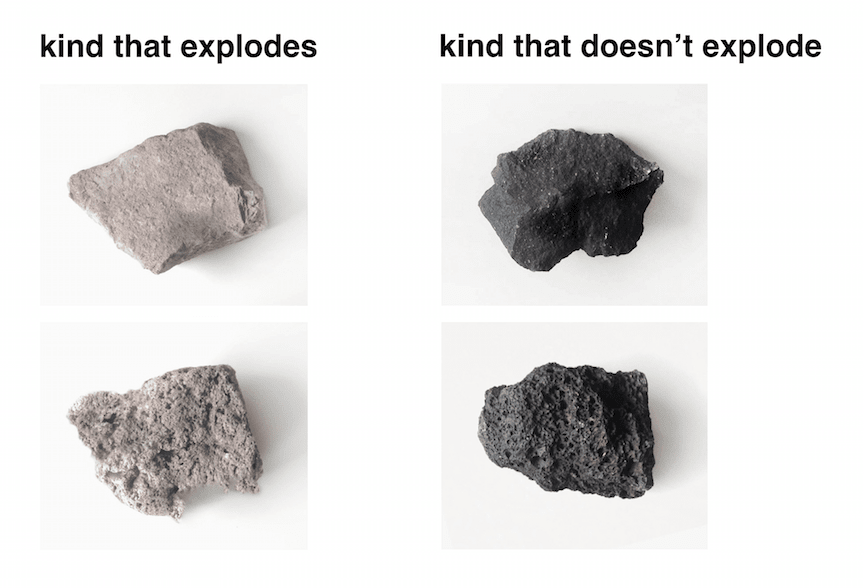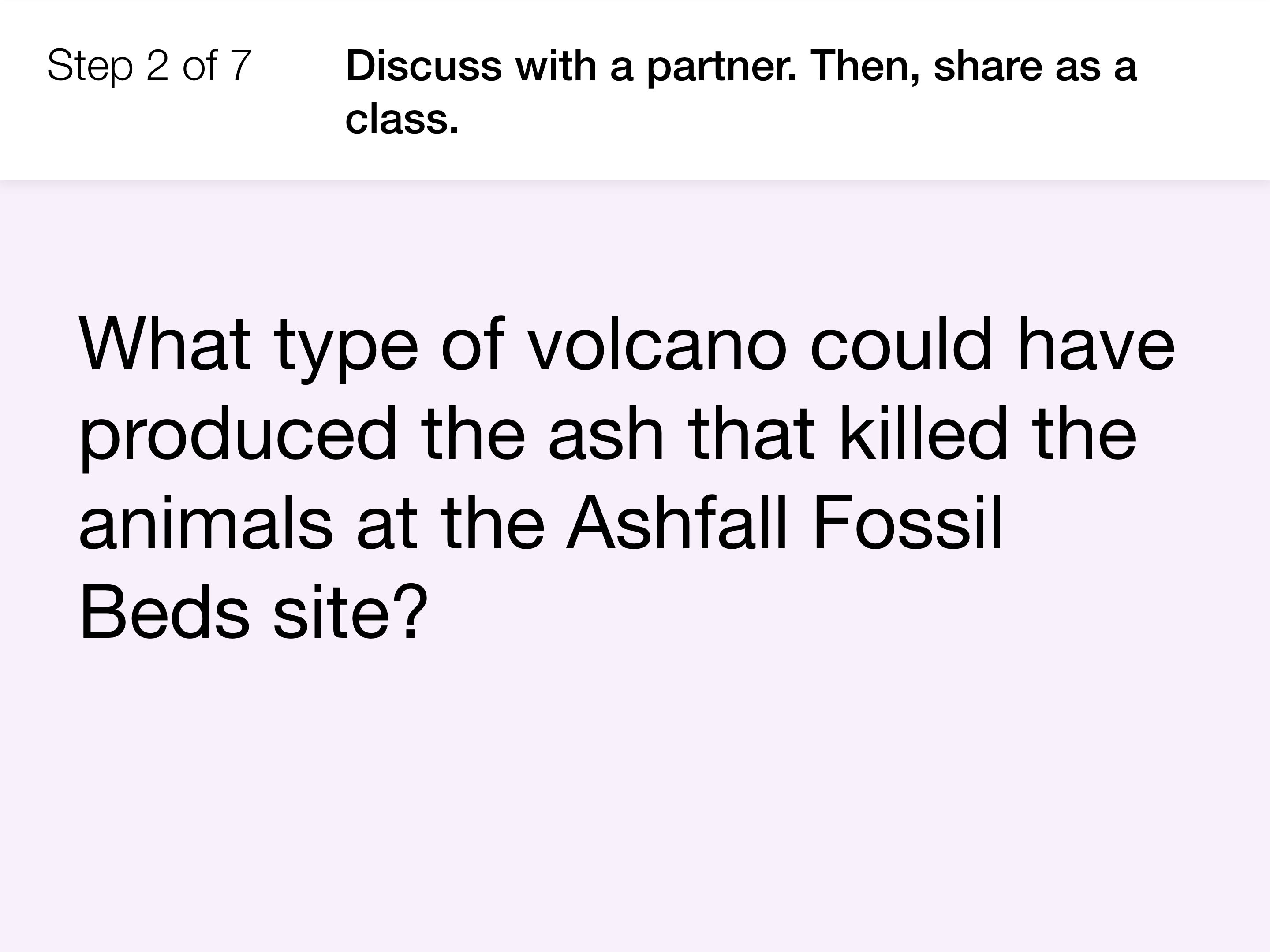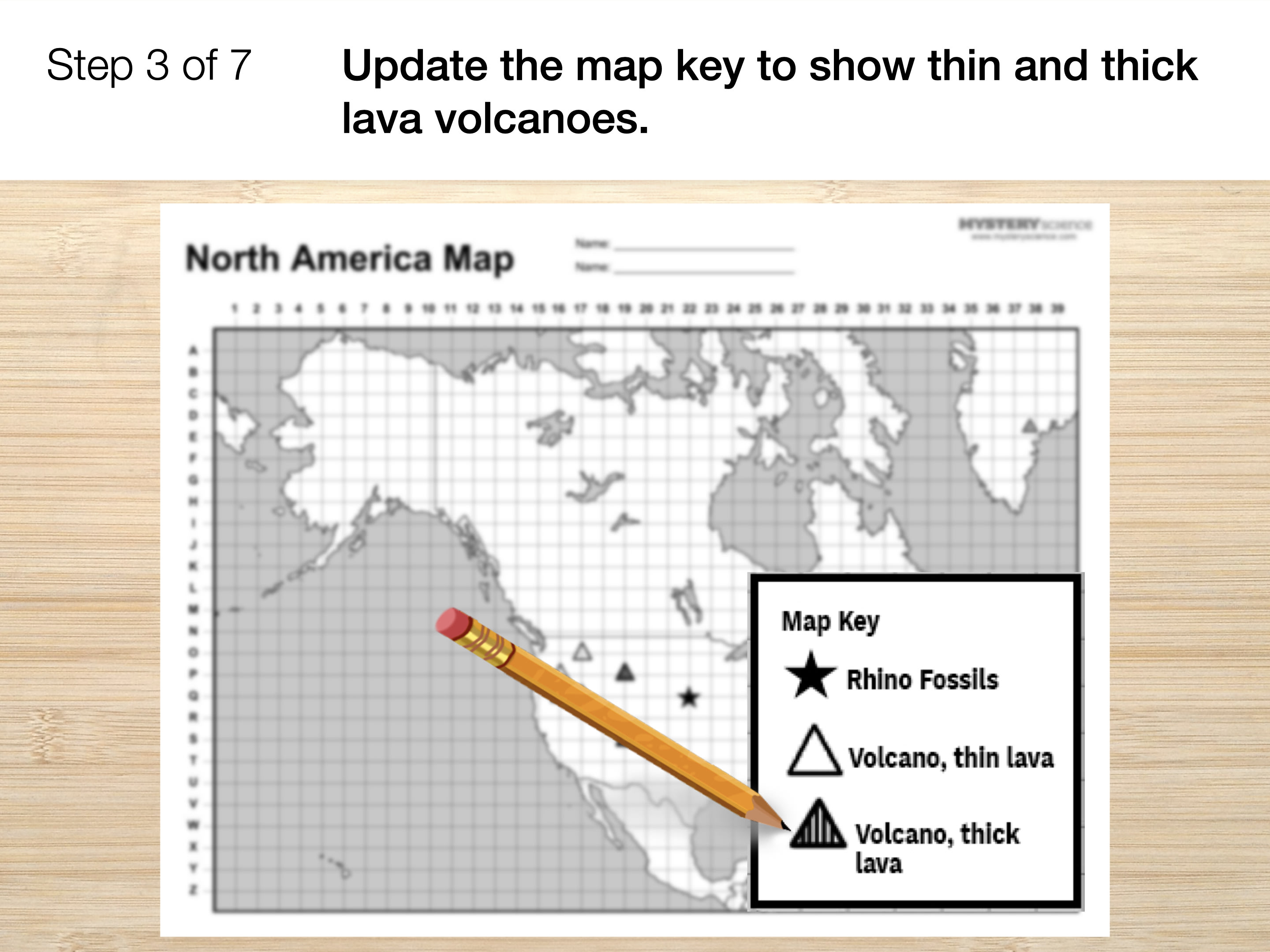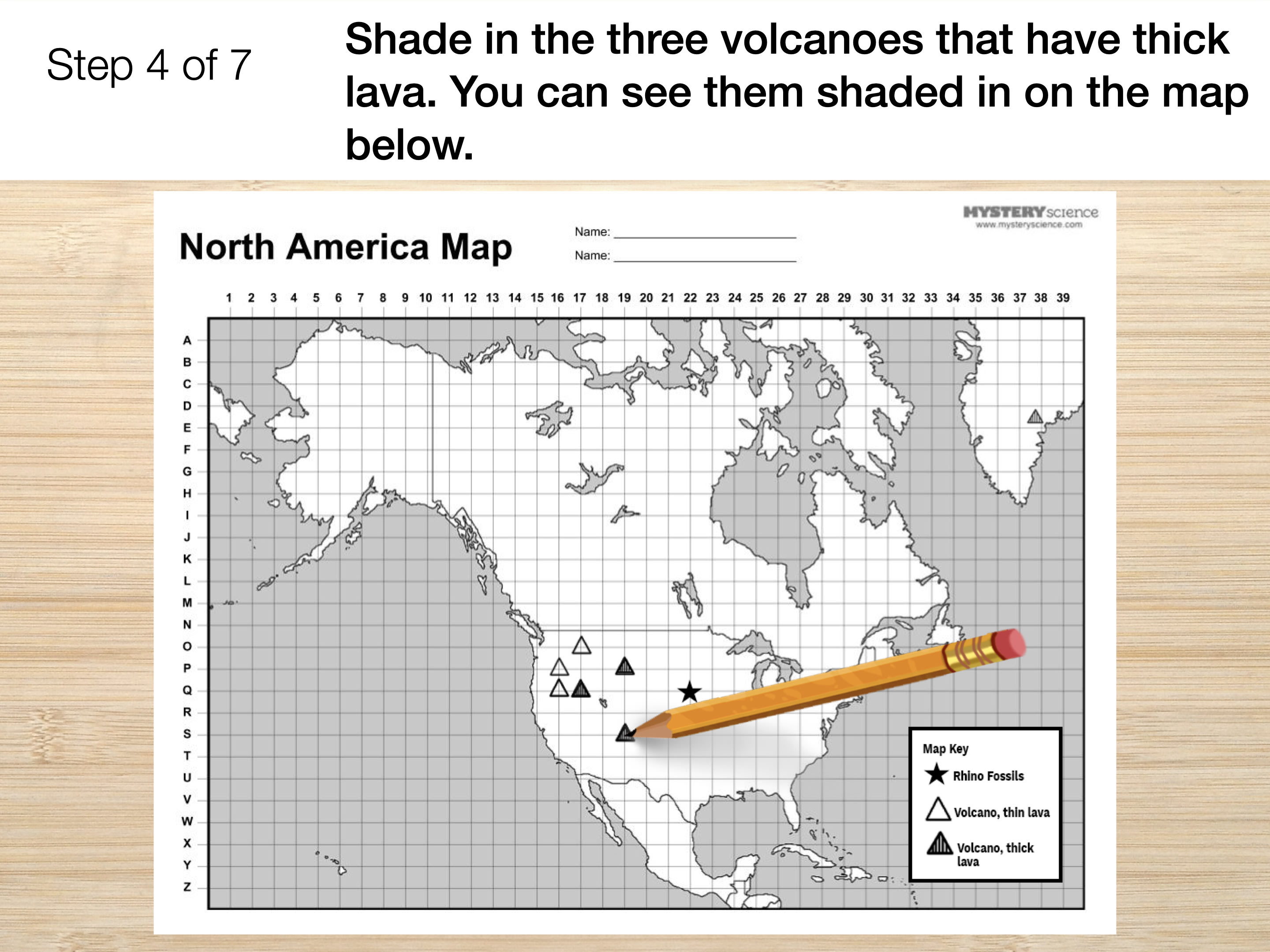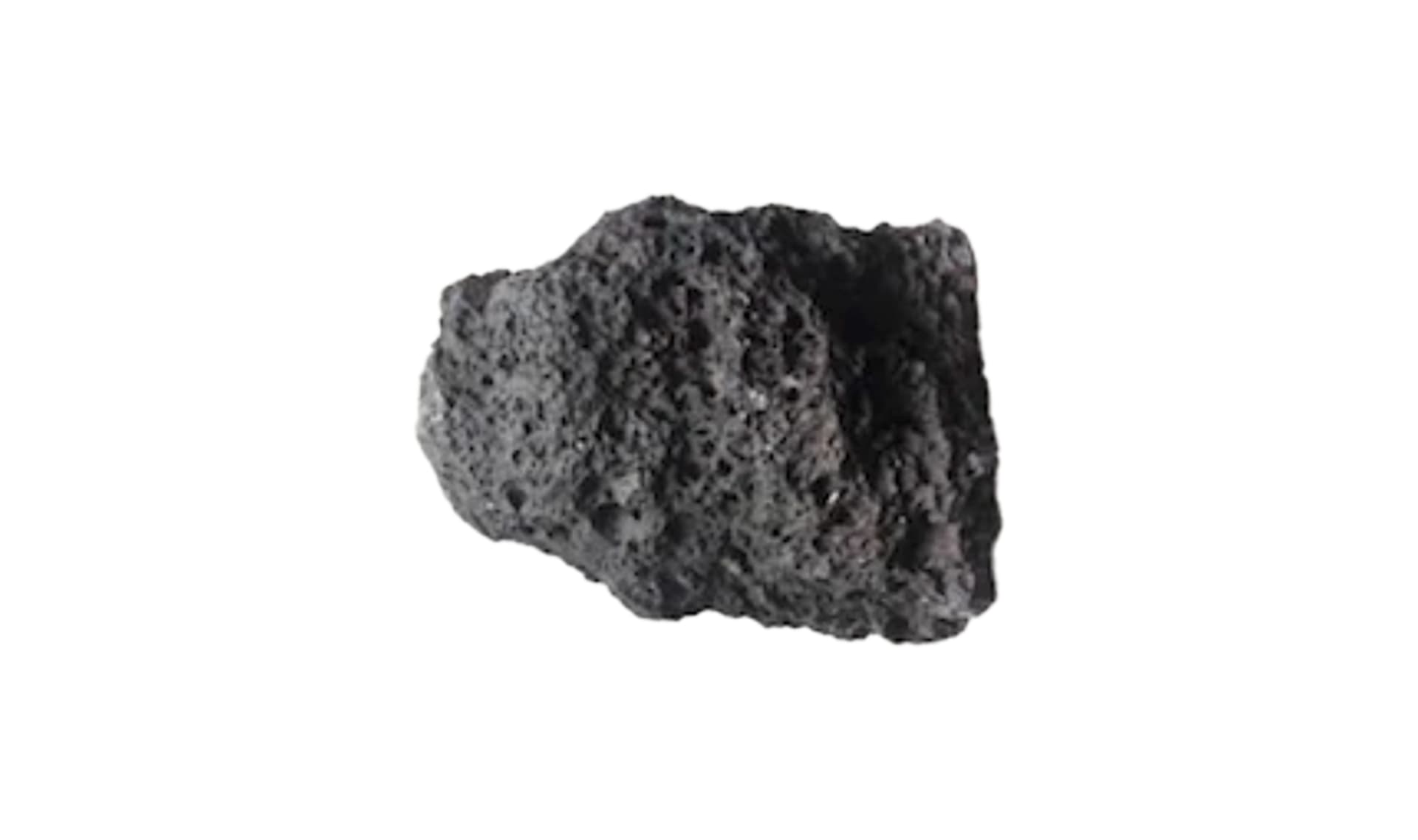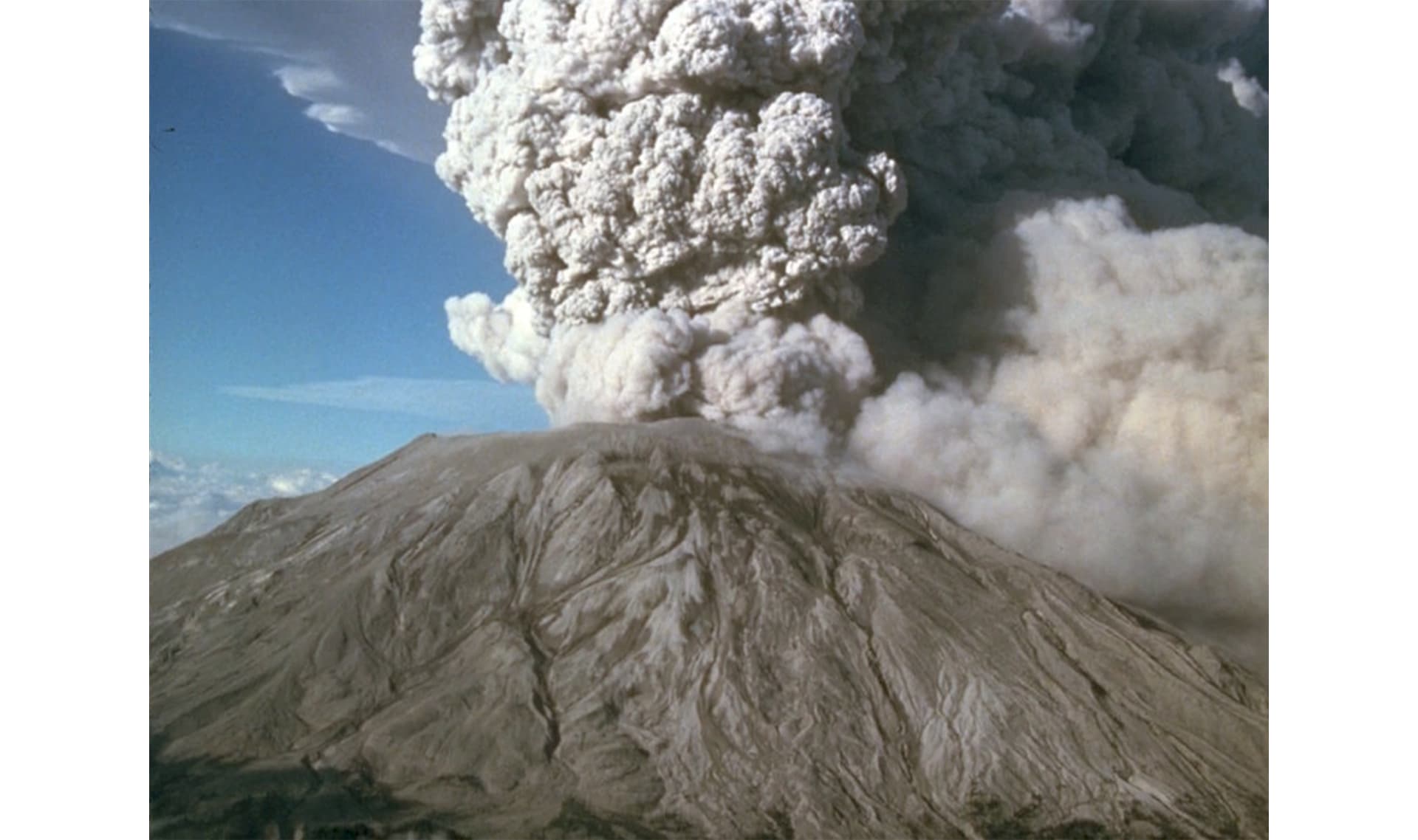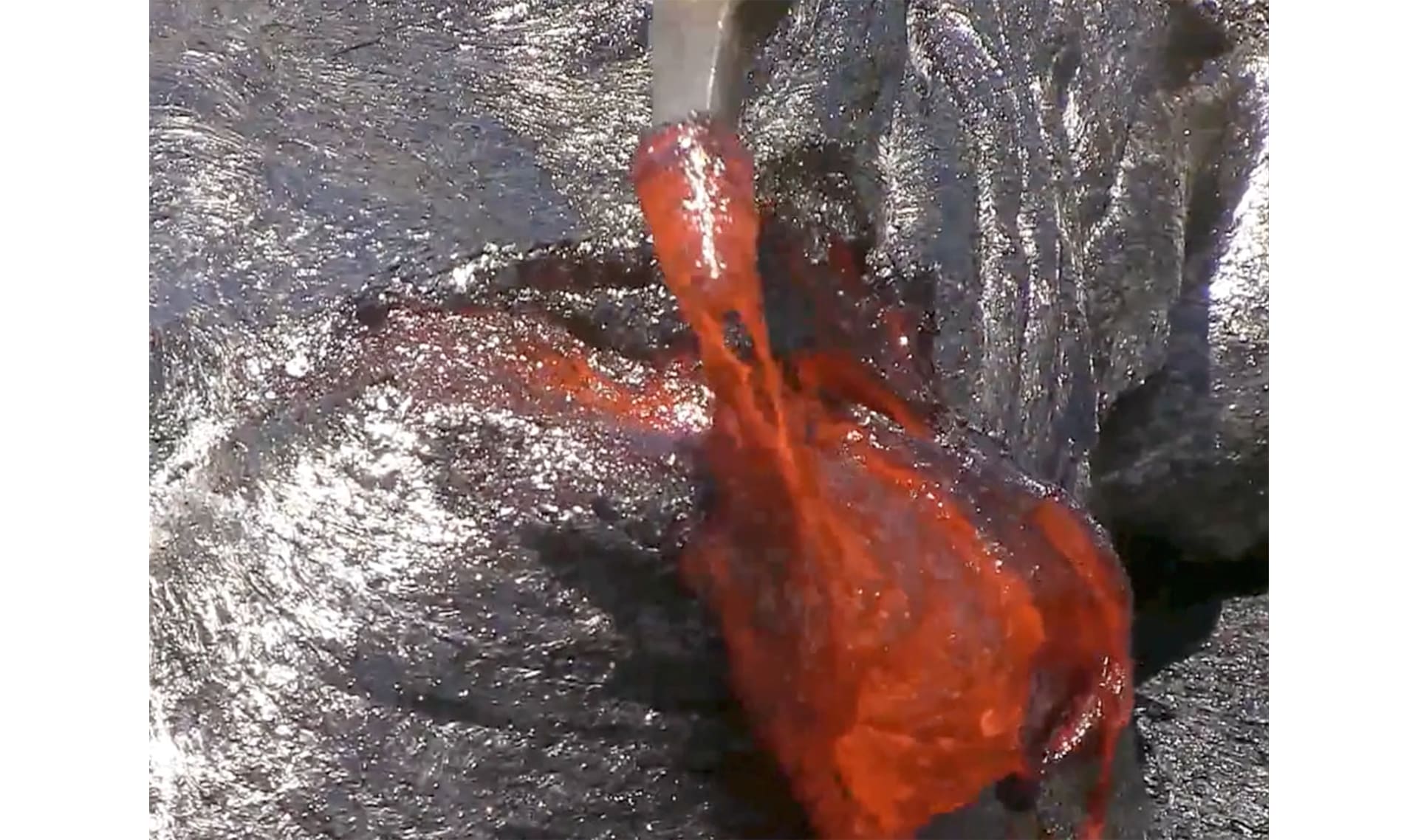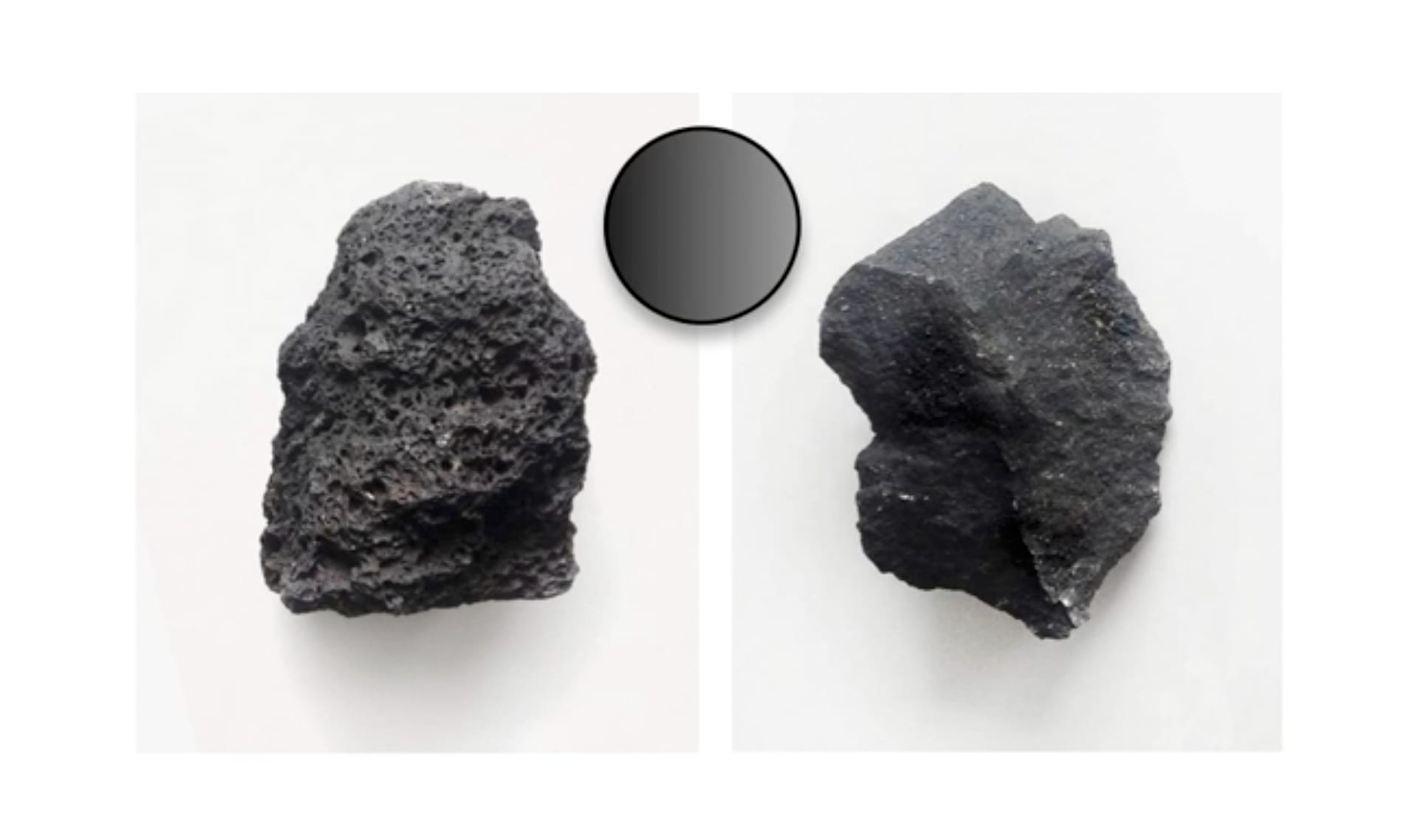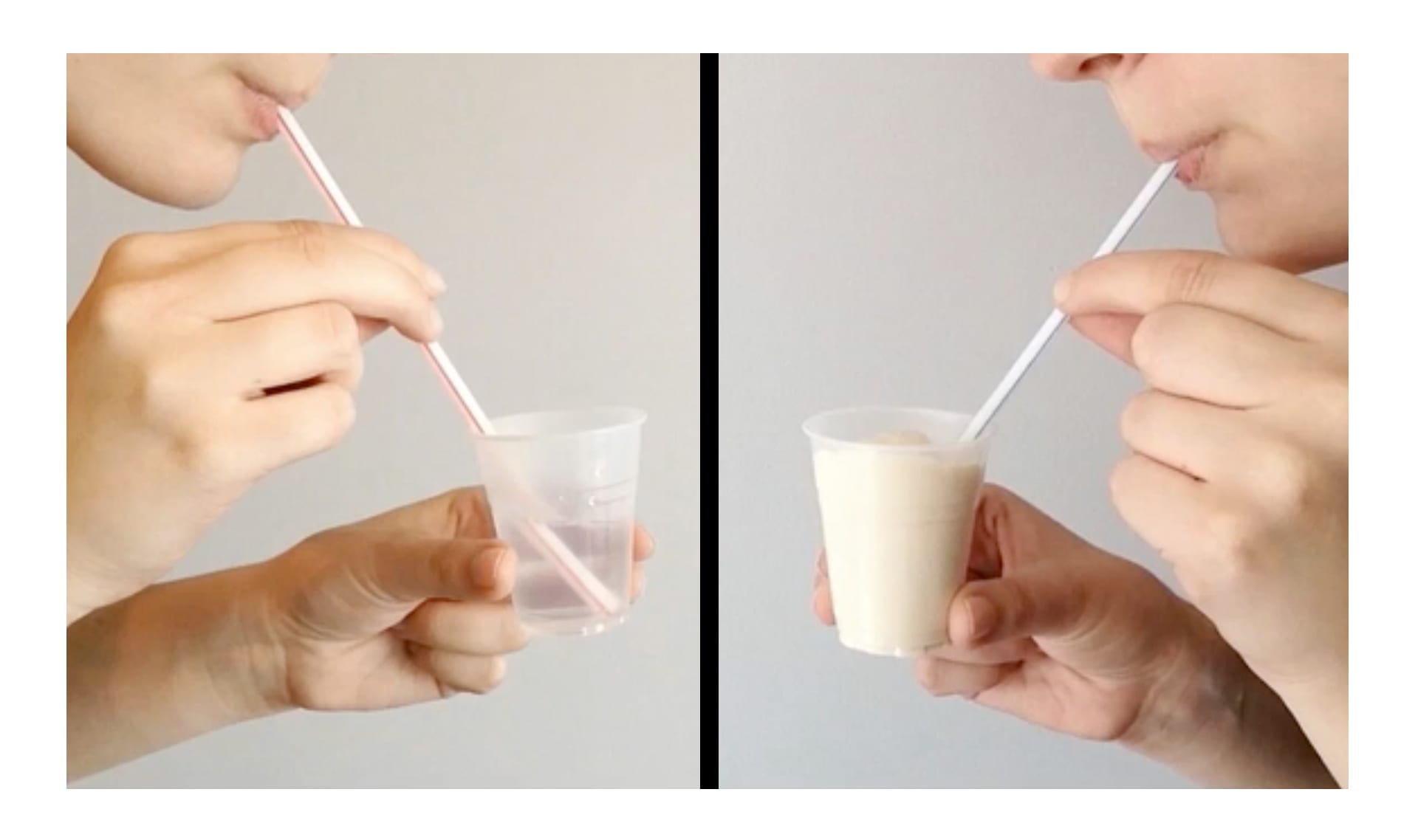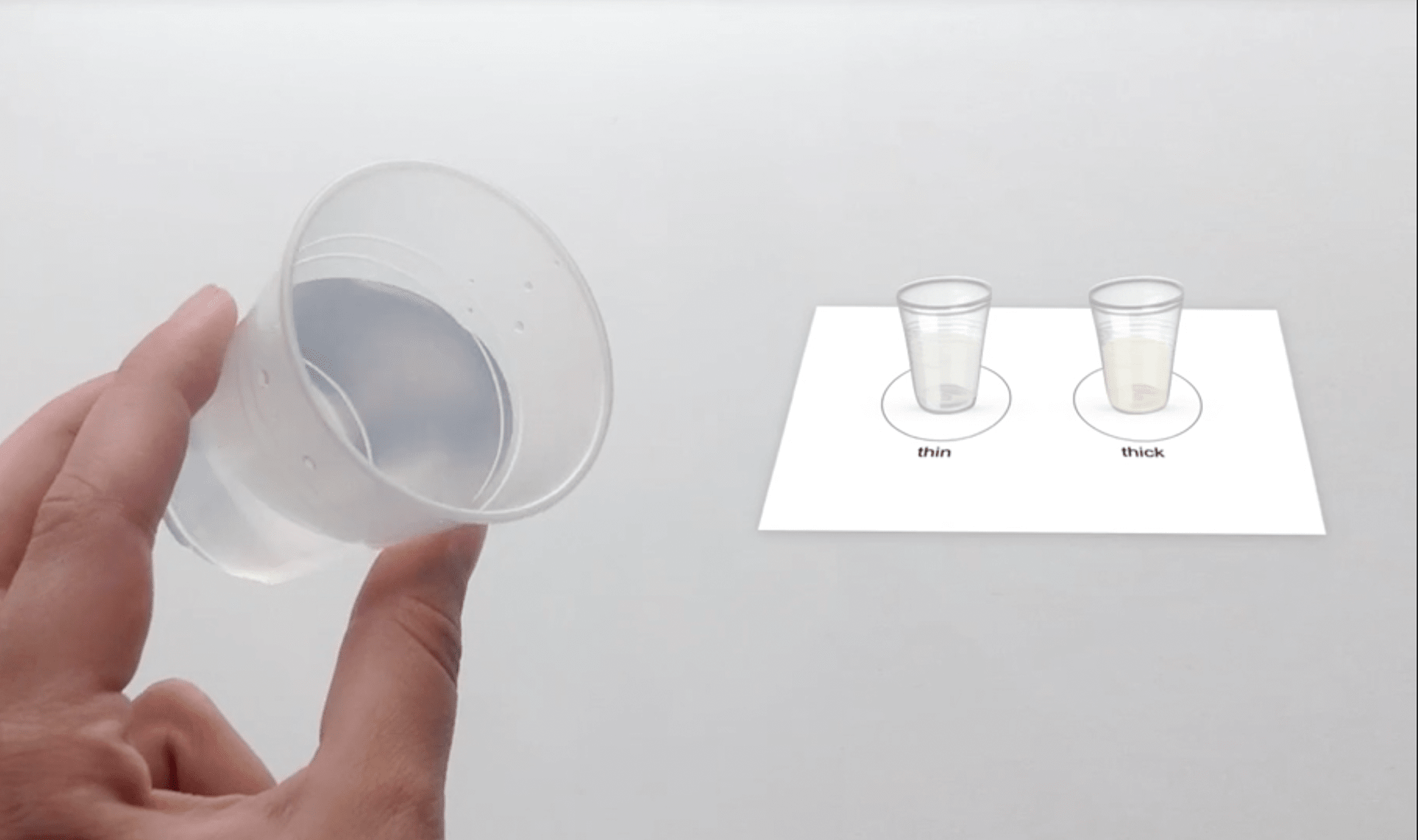Mystery Science respects the intellectual property rights of the owners of visual assets.
We make every effort to use images and videos under appropriate licenses from the owner or by
reaching out to the owner to get explicit permission. If you are the owner of a visual and
believe we are using it without permission, please
contact us—we will reply promptly and make
things right.
Lesson Image
Java vulcan semeru by
M. Rietze
, used under CC BY-SA
Exploration
world map by
Celestia
, used under CC BY
spring transition by
Spencer Thomas
, used under CC BY
eruption plume by
Mike Doukas
Mt. St. Helens by
Harry Glicken
Mt. St. Helens today by
SD4ever
timber by
USGS
Reid Blackburn's car by
Danial Dzurisin
volcano eruption from space station by
NASA Goddard
, used under CC BY
Vesuvius by
Joseph Wright
Tavurvur volcano by
Taro Taylor
, used under CC BY
Hawaii lava hike by
NewMastersound
, used under CC BY
What is lava? by
HUGEFloods.com
, used under CC BY
Kilauea volcano by
PublicResourceOrg
, used under CC BY
Etna's crater by
Boris Behncke
, used under CC BY
Costarica by
Samoano
, used under CC BY-SA
Fuji by
名古屋太郎
, used under CC BY-SA
Mauna Kea by
Nula666
, used under CC BY-SA
Mt. Mayon by
Tomas Tam
, used under CC BY
Pas bellecombe by
Nananère
, used under CC BY-SA
sheild volcanos by
Smithsonian Institution
, used under CC BY
lava flow by
KillerPX1
, used under CC BY
Syracuse University lava project by
Sam Morrison
, used under CC BY
thick lava by
Andi Rosadi / VolcanoDiscovery Indonesia
, used under CC BY
Mount Semeru by
permadhi
, used under CC BY
Mt. St. Helens plume by
Lyn Topinka
Activity
sheep by
Daniel Flathagen
, used under CC BY-SA
cup by
DiegoAbud
, used under CC BY-SA
pencil by
Charm
spoon by
SOLO Estonia
, used under CC BY-SA
